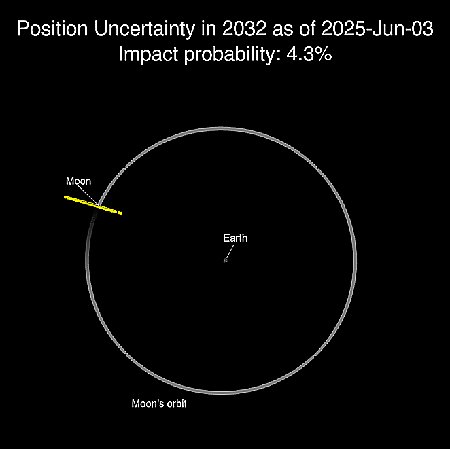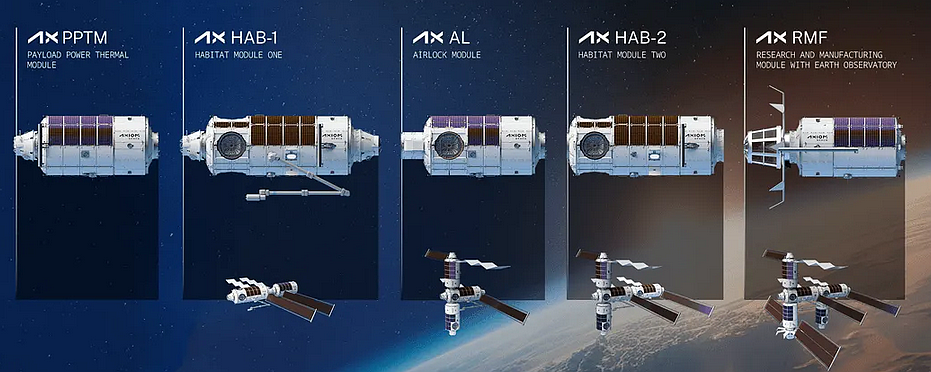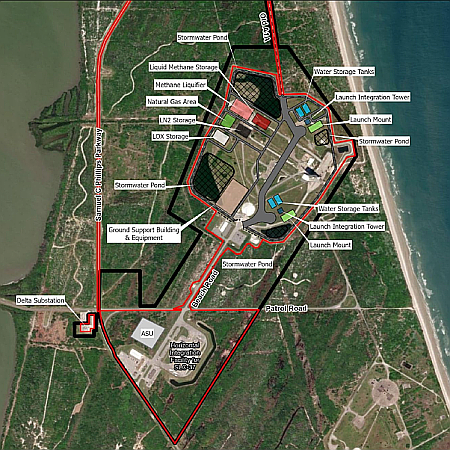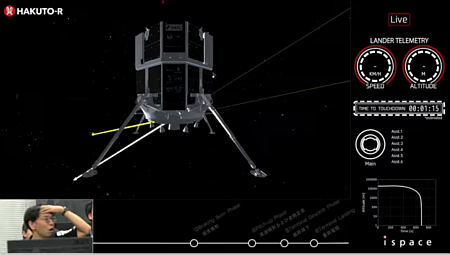June 11, 2025 Quick space links
Courtesy of BtB’s stringer Jay. This post is also an open thread. I welcome my readers to post any comments or additional links relating to any space issues, even if unrelated to the links below.
- Proposed Nova Scotia spaceport gets $10 million government grant
This spaceport was first proposed in 2016, and has yet to launch anything of significance. It remains to be seen if this is nothing more than more government waste and corruption.
- Sierra Space creates a division focused solely on military contracts
The company is attempting to latch onto money coming from Trump’s proposed “Golden Dome” project. It is also telling us indirectly that its space division might be having problems. The first launch of its Tenacity mini-shuttle remains endlessly delayed (for unexplained reasons that could be unfortunate) and its partner in the Orbital Reef space station project, Blue Origin, continues to disappoint. It could be that management is now going where the money is, even if it isn’t in space exploration.
- Falklands government finally removes major obstacles preventing its citizens from buying Starlink
The service isn’t yet available as there are more licensing issues, but it looks like it will happen.
- On this day in 2004 Cassini flew past the Saturn moon Phoebe
The image at the link is definitely cool.
Courtesy of BtB’s stringer Jay. This post is also an open thread. I welcome my readers to post any comments or additional links relating to any space issues, even if unrelated to the links below.
- Proposed Nova Scotia spaceport gets $10 million government grant
This spaceport was first proposed in 2016, and has yet to launch anything of significance. It remains to be seen if this is nothing more than more government waste and corruption.
- Sierra Space creates a division focused solely on military contracts
The company is attempting to latch onto money coming from Trump’s proposed “Golden Dome” project. It is also telling us indirectly that its space division might be having problems. The first launch of its Tenacity mini-shuttle remains endlessly delayed (for unexplained reasons that could be unfortunate) and its partner in the Orbital Reef space station project, Blue Origin, continues to disappoint. It could be that management is now going where the money is, even if it isn’t in space exploration.
- Falklands government finally removes major obstacles preventing its citizens from buying Starlink
The service isn’t yet available as there are more licensing issues, but it looks like it will happen.
- On this day in 2004 Cassini flew past the Saturn moon Phoebe
The image at the link is definitely cool.







